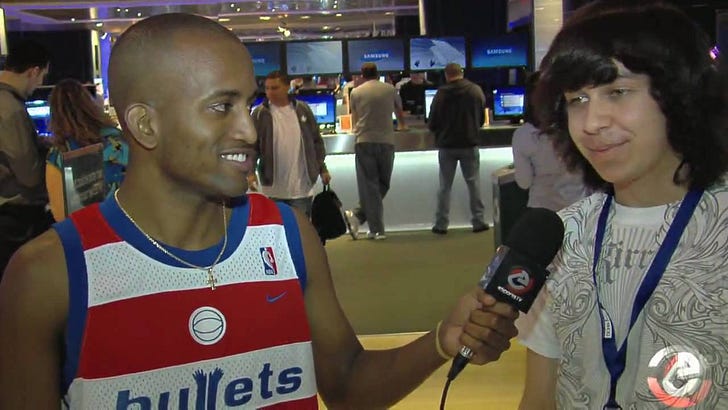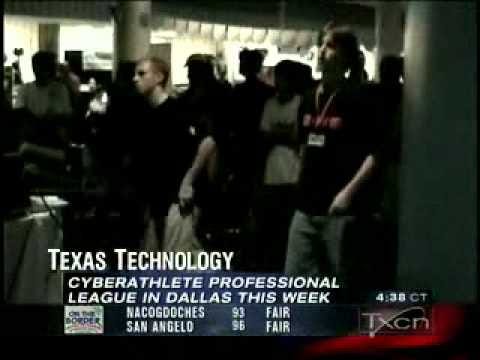This post is part of a longform project I’m serializing exclusively in my newsletter, Disruptor. It’s a follow-up to my first book, Masters of Doom: How Two Guys Built an Empire and Transformed Pop Culture, and it’s called Masters of Disruption: How the Gamer Generation Built the Future. You can find the table of contents, as it unfolds, here. To follow along, please subscribe below. Thanks!
This story of mine originally appeared in The Village Voice “She’s Got Game,” June 30 - July 6, 1999
For Vangie "Aurora" Beal and Stephanie "Bobbi" Bergman, nothing's better than a good catfight: hair pulls, nail scratches, and, even better, rocket launchers. That's why they get together every Friday night to cohost Lilith & Eve (www.allgames.com), the only Net radio show devoted to the riotous cult of ultraviolent gamer grrrls.
Last week, they began registration for the Female Frag Fest (www.femalefrag.com), an online grrrls-only tourney with glitzy finals in New York this September. Until recently, nonpixilated women in the male-dominated world of first-person shooters have been little more than a novel sideshow. But with higher-profile events and greater representation in professional positions within the industry, female fraggers are chipping away at the stereotype of the trench-coated game boys.
"We're as competitive as guys," explains 25-year-old Bergman. "We like to kill each other, too, except we stop and help each other along the way."
In the gaming industry, there's been much buzz and speculation in recent years over the girl-gamer market. The trend dates back to 1981, when coin-op giant Namco launched Ms. Pac-Man, a female version of the popular Pac-Man arcade game, which transformed the protagonist simply by tying a pink bow on the little yellow guy.
These days, so-called girl games have grown a little more sophisticated, but just barely. Despite a few indie-minded developers, the niche is ruled by dress 'n' play Barbie; Mattel's series accounted for over 80 percent of the market in 1996, the year its Barbie games debuted. Though teens and twentysomething men are considered the prime target for most games, women above the age of 13 might as well not exist as far as most developers are concerned.
Interestingly, though, the push for an older demographic of game girls is coming from the most hardcore boys club in the business: the developers of first-person shooters. According to Katherine Anna Kang, director of business development for id Software, makers of Doom and Quake, over 25 percent of players who registered their Quake II were female. Kang herself got started in the industry as a gamer. In 1997, she contacted id and proposed an all-female Quake tourney. John Carmack, id's cofounder, thought it was a clever idea. He expected half a dozen people to register. Over 1000 did.
"Women are drawn to first-person shooters," Kang says, "because these games are frenetic and action-packed, but also provide a highly social environment. You get to coordinate with teams, establish friendships with people around the globe. That's what got me hooked." And, eventually, a job.
Though she doesn't take credit for it, the feminization of id's shooters is upon us. In Quake II, there was one female model for the characters. In the upcoming Quake III, there will be three. One would assume that the trend might continue to change if more women were behind the scenes. The reality of getting into and working within the industry, however, remains tough. Stevie "KillCreek" Case was one of the Net's most notorious female players when she was in the clan Impulse 9 at the University of Kansas. When she challenged id's whiz John Romero to a death match, players scoffed. When she beat him, they ate their bits. At first, Case got to revel in the apocalypse. But when she was hired as a level designer (creating the various levels of a game) at Romero's new company, Ion Storm, the ugliness crept back in, along with the hazing. "Most guys assume I'm not going to be good," she says. "People think I got this job by connections. I've had to overcome a lot of harassment, mostly on the Net, by people who've been quick to judge my skills or lack thereof. I've had to work harder and to overcome blockades because of my gender." Case hopes to help build strong and intelligent characters in shooters who don't necessarily have the bods of Lara Croft—or the Rambo meatiness of Quake's soldiers.
It's these subtle changes that might affect the industry over time, she says. Beal and Bergman agree. Their current challenge is to make sure all the online registrants for the Female Frag Fest are, in fact, women. Just in case there are any imposters, Beal and Bergman require a copy of a driver's license. "If you make it to the finals and we find out you're not a woman," Bergman warns, "you're out." If all goes well, they hope their tourney will feature all the ultraviolence but with a touch of feminine flair. At most gaming events, for example, the winners get a few controllers and maybe a PC. At the Frag Fest, the winner gets a day at a spa.














